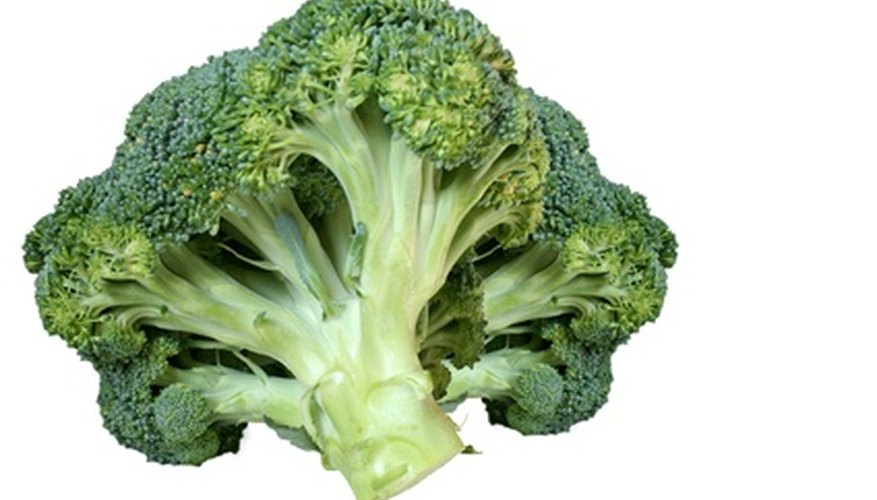Figurative language is speech or text that describes an object by comparing it to something else. There are many different forms of figurative language, including metaphor, simile, allusion and personification. However, other literary devices may be considered figurative language if they are being used in a comparative manner. Using figurative language adds flexibility to the definition of words and enhances the aestheticism of a passage. Any character, place or object may be described figuratively -- even common items like broccoli.
- Figurative language is speech or text that describes an object by comparing it to something else.
- Using figurative language adds flexibility to the definition of words and enhances the aestheticism of a passage.
Observe a piece of broccoli. Note the shape, colour, size, smell, taste and texture of the vegetable. List descriptors related to these features (e.g. green, small, puffy, crunchy).
List other objects that have those attributes. For example, pretzels are crunchy, clouds are puffy and trees are green.
Compare the broccoli to the other object; you may refer to the shared attribute or omit it.
Form a simile by saying that the broccoli is like another object: "The raw broccoli was as crunchy as a pretzel."
Make a metaphorical statement by writing about broccoli as if it were another object: "The green trees were crunchy."
- List other objects that have those attributes.
- Make a metaphorical statement by writing about broccoli as if it were another object: "The green trees were crunchy."
Give the broccoli human characteristics; this is personification. For example, "The uneaten broccoli stared at me from the plate."
Use hyperbole, exaggeration, to emphasise a characteristic of the broccoli: "One bite of broccoli is more healthful than a year's worth of carrots."
